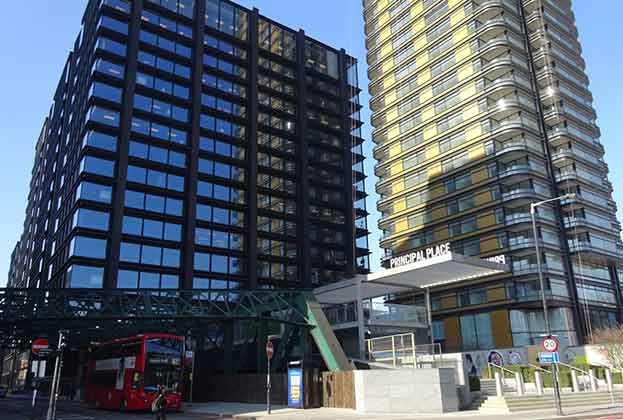What are the top takeaways from this report?
- Flex offices in regional locations are at a growth stage, and we will see a wider range of flexible office operators expand in the regions. Demand in central London markets is likely to recover at a slower rate, although the capital will continue to attract international talent in the medium to long term.
- Although it is still early days in the aftermath of the pandemic, we do not expect occupiers to adopt hub-and-spoke strategies on a significant scale. Some companies will look to offer workers the option to work in a flex environment closer to their homes, but we expect conventional headquarters to remain the most popular occupier model.
- The recent growth in tenant controlled supply is unlikely to unsettle the growth of flex offices as companies seek a full-service offering, with the latest evidence in H2 2021 suggesting that tenant supply is beginning to be withdrawn from the market.
- Landlords are seeking to increase their exposure to flex through management agreements as a service element becomes more essential in attracting workers back to the workplace. Some landlords will seek to introduce their own serviced offerings in fitted space for customers looking to sign for longer terms.
- Convenience is fast becoming a priority for occupiers who are willing to pay for additional services, giving rise to the ’hotel’ model. Companies with 20–100 employees who have outgrown serviced office environments will be a key growth market, as well as a broader range of business sectors including the professional services and finance sectors.
- Mixed-use environments will become more important in providing a holistic workplace experience. Landlords willing to take more development risk may seek to repurpose some of their existing retail schemes into flexible workspace.
- Retrofitting will become more popular with landlords to reduce carbon emissions, whilst occupiers will seek more visibility on their carbon emissions in flex space.
- Conventional office leases are more cost-effective for companies that are able to sign for lease terms in excess of five years.
- Conventional lease lengths in London will continue to shorten as landlords will need to become more willing to offer shorter leases. However, larger businesses will still require longer leases for business continuity.
- We anticipate flex offices will reach 10–15% of office demand over the next couple of years in response to the pandemic, and flex offices will reach 20% of total demand in the long term.
- Providing affordable workspace will become more important in the planning process to prevent an ’affordability gap’.
- Speed and ease to occupation for occupiers will continue to drive the market, in particular the rise of the landlord flex provider.
- It will become increasingly hard to draw the line between flexible workspace and conventional office space – instead, we just have a variety of different options that are able to meet the needs of the end-user, whatever they might be.
Read the articles within Spotlight: UK Flex Office Perspectives below.

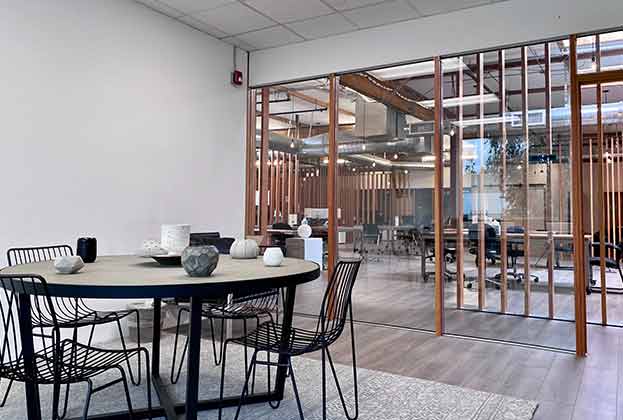
.jpg)


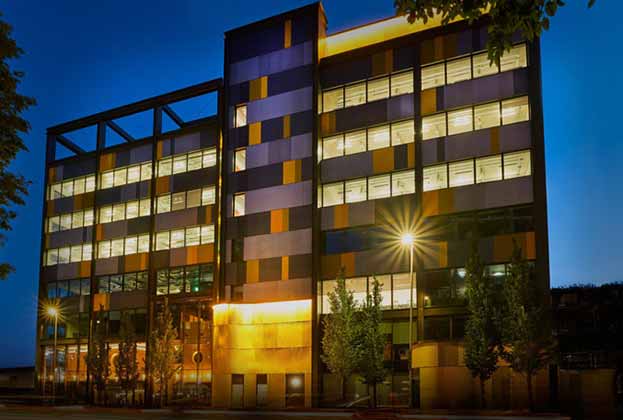
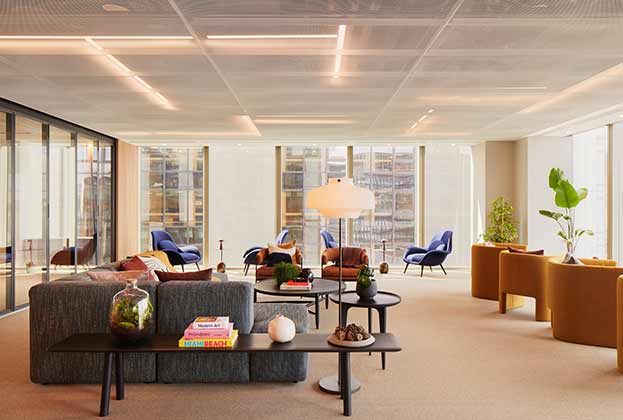
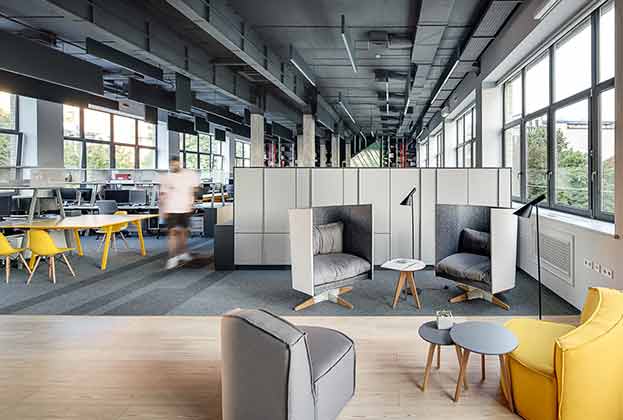
.jpg)


